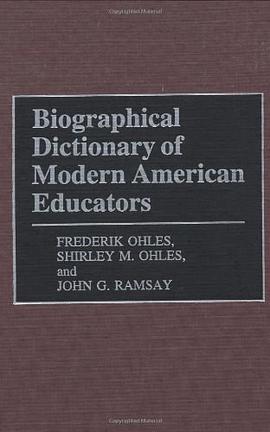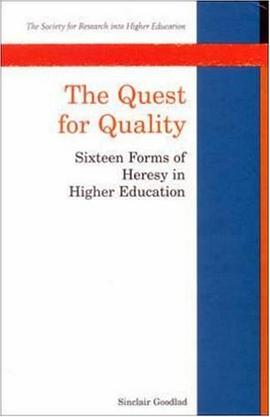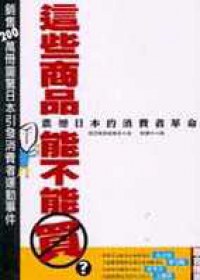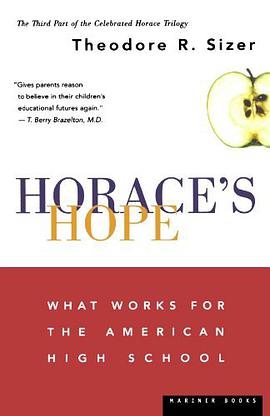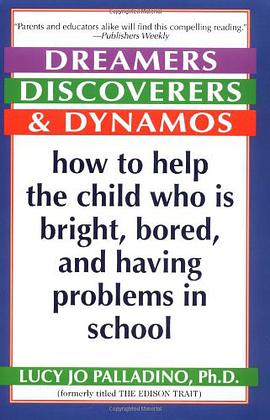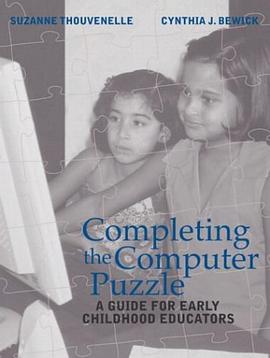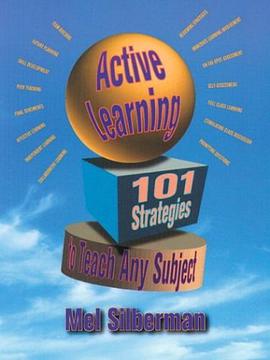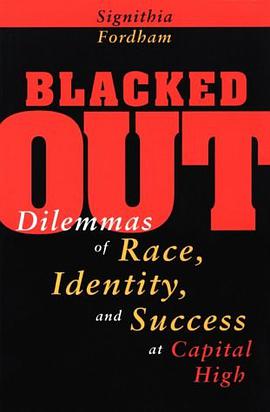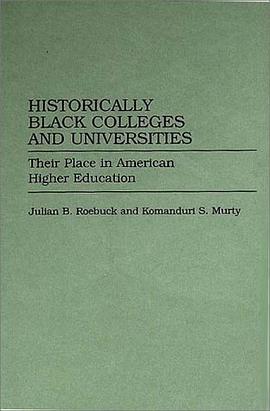

Historically black colleges and universities (HBCUs) have served a population under severe legal, educational, economic, and political restrictions. They have maintained a close relationship with the struggle of blacks for survival, advancement, and equality in American society. By comparison with other colleges, they are poor in financial resources physical plant, and teaching facilities. They face opposition from the white power structure and must often deal with students inadequately prepared for college-level learning. However, they are a vital national resource and have served as the font of African American leadership. They are the custodians of the archives of black Americans and centers for the study of black culture. Roebuck and Murty's work is significant as the first comprehensive study of historically black colleges and universities. HBCUs are defined in the first chapter. Chapter 2 gives the history of black higher education in the United States. Chapter 3 profiles 109 black institutions of learning. Chapter 4 provides a comparative overview of black higher education in terms of enrollment patterns, faculty composition, and staff composition. Chapter 5 reviews the literature on campus race relations. Chapter 6 provides an empirical account of race relations among black and white students and faculty on ten black and five white southeastern college campuses. The study concludes with a complete and up-to-date list of references on race relations and blacks in American higher education.
具体描述
读后感
评分
评分
评分
评分
用户评价
相关图书
本站所有内容均为互联网搜索引擎提供的公开搜索信息,本站不存储任何数据与内容,任何内容与数据均与本站无关,如有需要请联系相关搜索引擎包括但不限于百度,google,bing,sogou 等
© 2025 book.wenda123.org All Rights Reserved. 图书目录大全 版权所有


